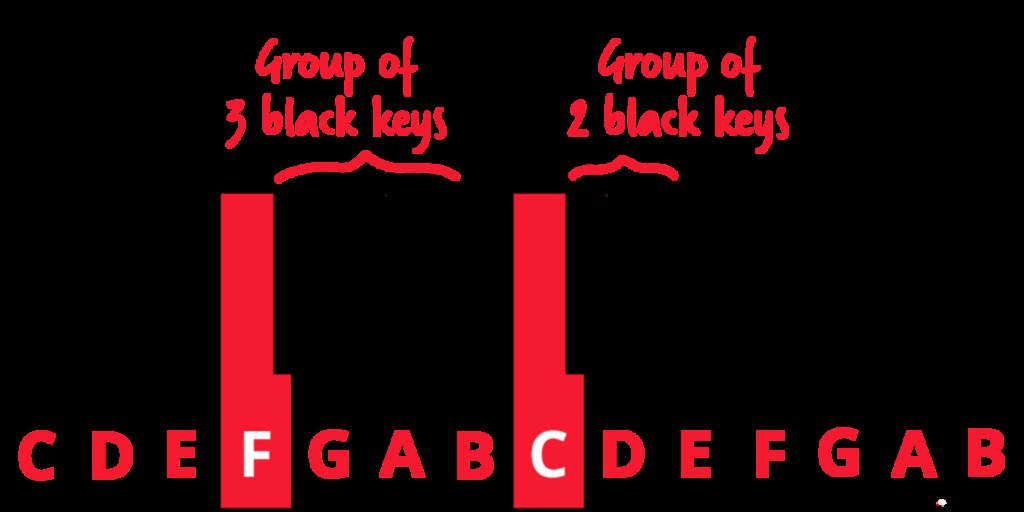Learning to play the piano can seem daunting, but with the right resources and approach, it’s entirely achievable on your own. This guide provides a step-by-step roadmap for aspiring pianists to embark on their musical journey from the comfort of their homes.
Getting Started: Essential First Steps
Before diving into melodies, there are a few crucial preparations to make:
Choosing Your Instrument
- Acoustic vs. Digital: While acoustic pianos offer a traditional feel, digital pianos provide affordability, versatility, and added features. Consider your budget, space, and long-term goals. Don’t dismiss digital pianos; modern options closely mimic the acoustic experience.
- 88 Weighted Keys: Opt for a full-sized keyboard with weighted keys. This simulates the resistance of acoustic piano keys, crucial for developing proper technique and dynamic control.
- Try Before You Buy: Whenever possible, test different pianos before committing. Key action (how the keys feel) varies significantly, and finding a comfortable fit is essential.
Finding Your Learning Style
- Classical Method: This traditional approach emphasizes technique, sheet music reading, and mastering classical repertoire. It provides a strong foundation but may not cater to contemporary music interests.
- Modern Method: Focused on chords, ear training, and improvisation, this method allows quicker song learning. It’s ideal for playing popular music and developing creative skills.
- Gamified Method: Learning through interactive software can be engaging for beginners and children, offering immediate gratification. However, it may lack depth in musical theory and understanding.
Building a Solid Foundation: Piano Fundamentals
With your piano and learning method chosen, it’s time to build a strong foundation:
Posture and Keyboard Familiarity
- Proper Posture: Maintain good posture to prevent strain and optimize playing. Sit upright with a slightly tucked lower back, relaxed shoulders, and elbows at a comfortable angle.
- Keyboard Layout: Familiarize yourself with the musical alphabet (A-G), identifying C and F keys as reference points. Locate middle C, a crucial landmark on the keyboard.
Scales and Chords
- Five-Finger Scales: Begin with five-finger scales to learn basic finger placement and movement patterns. Gradually expand to octave scales, incorporating thumb tucks and crossovers.
- Basic Chords: Learn fundamental chords like C major, G major, A minor, and F major. These “Big Four” chords unlock a vast repertoire of popular songs.
Sheet Music and Ear Training
- Sheet Music Basics: While not mandatory, learning to read sheet music opens up a world of musical possibilities. Start with understanding the grand staff, clefs, key signatures, and time signatures.
- Ear Training: Develop your listening skills by recognizing intervals and melodies. Try to play songs by ear, enhancing your musical intuition and creativity.
Mastering Piano Skills: Practice and Perseverance
Consistent practice and a strategic approach are key to progress:
Hand Independence
- Separate Hand Practice: Master each hand individually before attempting to play both together.
- Rhythmic Focus: Pay close attention to rhythm, counting aloud or using a metronome.
- Hand Independence Exercises: Utilize scales, chords, and specific exercises designed to improve coordination between hands.
Setting Goals and Staying Motivated
- SMART Goals: Set Specific, Measurable, Achievable, Relevant, and Time-bound goals to track your progress and stay motivated.
- Community Support: Join online forums or communities to connect with fellow learners, share experiences, and seek guidance.
- Embrace the Journey: Remember your initial motivation for learning piano. Enjoy the process, celebrate small victories, and persevere through challenges.
Conclusion
Learning piano on your own requires dedication and patience. This comprehensive guide provides the essential tools and knowledge to begin your musical adventure. With consistent effort and a positive mindset, you can achieve your piano playing dreams. Remember to choose a learning style that suits you, practice regularly, and most importantly, enjoy the journey!
